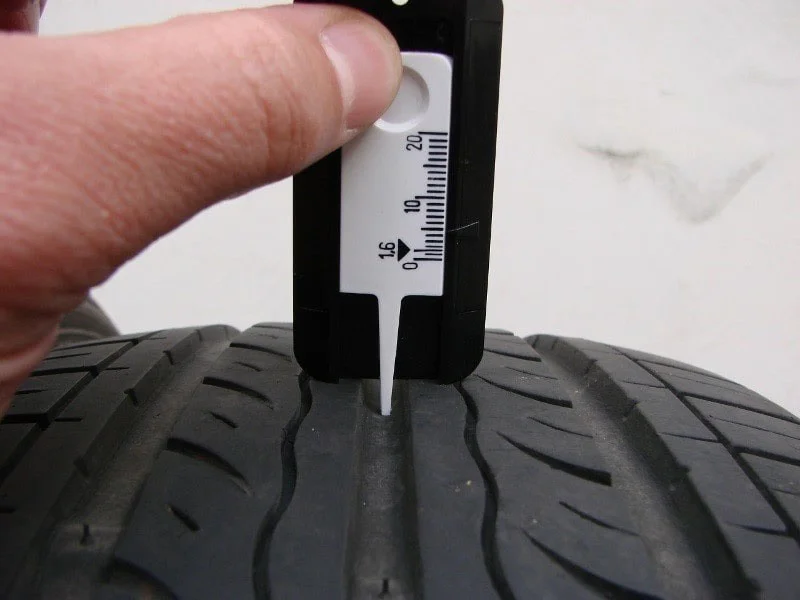
Tire wear indicator - what you need to know about it?
Content
The average life of tires is only 5-10 years, depending on how they are used. Sometimes, however, disturbing traces can be noticed on them much earlier, for example, scuffs or bulges. To constantly check the condition of your tires, pay attention to the symbol on their sidewalls, i.e. the tire wear indicator. It can take many forms, suggesting when you should decide to replace them. The ability to assess the condition of tires is extremely important, since it directly affects the safety of the driver and his passengers and allows you to avoid a fine.
Tire wear indicator - what is it?
The tire wear indicator is also known as the abbreviation TWI. This is nothing more than rubberized protrusions that are located at the bottom of the grooves responsible for draining water. Their height is exactly the same as the minimum tread height allowed in our country, i.e. 1,6 mm. This indicator can take several different forms - for example, it can be a bright color that becomes visible when the outer layer of the tire is worn. Thanks to this, you do not need to use special gauges or carry a ruler with you to estimate tread depth.
Tread wear - what you need to know?
The tire wear indicator takes on a value of 1,6 mm, since this is the standard defined in the Road Traffic Act. So, if the TWI value is equal to the tread anywhere on the tire, then it is suitable for replacement. It is dangerous to continue driving with tires in this condition, as the low tread reduces the tire's ability to drain water. So the risk of slipping is much higher. Moreover, during the check, the police can stop the registration of the vehicle and fine the driver with a fine of up to 300 euros.
Tire wear indicator and tread depth
Although the permissible tread depth is 1,6 mm, this does not mean that such tires provide the desired level of safety. In practice, it is believed that the tread height of summer tires should be about 3 mm, and winter 4-5 mm. If these values are lower, the rubber compound begins to lose its properties, which negatively affects the safety and driving comfort. Therefore, it is worth checking the condition of the tires regularly and avoiding a minimum level of 1,6 mm.